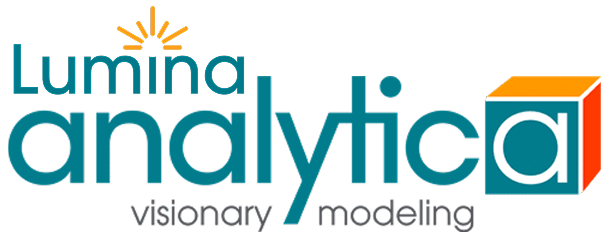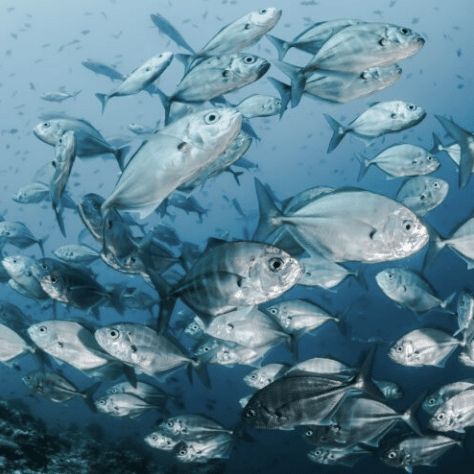 A wild river is an unruly being. It continually erodes its banks and shifts its course. Periodically, it overruns its banks and brings moisture and nutrients to its flood plain. In so doing, it creates a riparian habitat supporting a rich ecosystem of plants and animals quite different from areas away from the river.
A wild river is an unruly being. It continually erodes its banks and shifts its course. Periodically, it overruns its banks and brings moisture and nutrients to its flood plain. In so doing, it creates a riparian habitat supporting a rich ecosystem of plants and animals quite different from areas away from the river.
Over the last 200 years and more, humans have tried to tame rivers, enclosing them in narrow channels with dikes and levees. The aims are to protect the hinterland from flooding and improve navigability. The result has been dramatic reduction in flood-plain area and the variability in river flow and form. This uniformity has reduced habitat quality, biomass, and biodiversity, and has consequently damaged the entire river ecosystem.
In Switzerland, only about 10% of all rivers remain in a natural or near-natural state. and there us an urgent need to rehabilitate their ecosystems. Most funding for river construction is for flood control. But, a federal requirement to include ecological rehabilitation in flood control projects provides new opportunities.
In 2000, the interdisciplinary “Rhone-Thur River Rehabilitation Project” was initiated to help understand the ecological and socio-economic effects of river rehabilitation and to guide future projects. A key element is to develop an Integrative River Rehabilitation Model (IRRM) to predict the hydraulic-morphological effects of river management on terrestrial and aquatic ecosystems.
The challenge
Researchers at EAWAG (Swiss Institute of Aquatic Science and Technology) needed to predict the effects of river rehabilitation on flood protection and ecosystems at the level of reaches – river segments between bends.
The goal is on to widen the stream corridor to let the river take a more natural course. The key decision is how much space to give the river for an optimal trade-off between benefits and costs.
They needed a model to compare outcomes using a range of stakeholder preferences to provide comprehensive decision support for managers. Such a tool could improve financial and public support, and help guide selection of the best rehabilitation measures.
The researchers hoped that a transparent and integrated model could also help decision makers better understand the complex ecosystems of river landscapes, and encourage a more interdisciplinary approach to benefit both society and the environment.
Why Analytica?
It takes several kinds of scientific knowledge to develop an integrated model, including literature review, experimental and field results, other models, and expert judgments.
We wanted to use a probability network as a relatively simple way to combine different sources of information: cause-effect relations, several spatial and temporal scales, and uncertainties in inputs, model structure, and outputs.
“Analytica is a software to develop probability networks. It is straightforward to create and implement a model in Analytica. It is very simple to learn. It provides important statistical features, e.g. to develop multivariate distributions, variable time steps, and iterative functions. The free choice of node forms and colors eases the building and managing the model. Implementing the IRRM as a probability network lets us easily integrate a variety of submodels”
– Steffen Schweizer, IRRM lead developer
The solution
IRRM predicts the hydraulic, morphological, ecological and economic effects of river rehabilitation projects, including river widening.
It is hard to predict concrete channel geometry after widening or other reach-scale rehabilitation so one cannot apply sophisticated 2d or 3d hydraulic models.
In such cases, probability networks can be very useful, since they let you combine different uncertain sources of knowledge and consider multiple spatial and temporal scales.
Considering uncertainty explicitly improves model transparency and supports the decision process.
Authors & sponsors
Dr. Steffen Schweizer, Researcher, Integrated Assessment and Modeling,
EAWAG, Switzerland
Dr. Peter Reichert, Head of Department of Systems Analysis, Integrated Assessment and Modeling at EAWAG, and Professor of Environmental Sciences, Swiss Federal Institute of Technology , Switzerland
Christian Spörri, EAWAG, Switzerland
Dr. Mark Borsuk, Assistant Professor, Department of Engineering, Dartmouth College, USA
The “Rhone-Thur River Rehabilitation Project” was initiated and funded by the Swiss Federal Office for Water and Geology (BWG, now BAFU), the Swiss Federal Institute for Aquatic Science and Technology (EAWAG) and the Swiss Federal Institute for Forest, Snow and Landscape Research (WSL)
Clients
Although developed for Midland rivers in Switzerland, the IRRM is intended to be generally applicable by using quantities that are readily available or easily predictable for a changed channel morphology.
Possible users of the IRRM are:
- Environmental agencies and bureaus
- Cantonal and federal departments for environment
- Municipalities
For more
Further information on river rehabilitation and decision-making (In German:
http://www.rivermanagement.ch)
- ” Schweizer, SP, Predicting The Consequences of River Rehabilitation Measures on Morphology, Hydraulics, Periphyton and on Invertebrates, PhD Thesis, Swiss Federal Institute of Technology, Zürich (ETHZ), 2007. http://www.rhone-thur.eawag.ch/thesis_schweizer.pdf
- Borsuk ME, Reichert P, Peter A, Schager E, Burkhardt-Holm P. 2006. Assessing the decline of brown trout (Salmo trutta) in Swiss rivers using a Bayesian probability network. Ecological Modelling 192: 224-244.
- Hostmann M, Borsuk ME, Reichert P, Truffer B. 2005a. Stakeholder values in decision support for river rehabilitation. Large Rivers 15(1-4) Arch. Hydrobiol. Suppl. 155/1-4: 491-505.
- Hostmann M, Bernauer T, Mosler HJ, Reichert P, Truffer B. 2005b. Multi-attribute value theory as a framework for conflict resolution in river rehabilitation. Journal of Multi-Criteria Decision Analysis 13: 91-102..
- Reichert P, Borsuk M, Hostmann M, Schweizer S, Spörri C, Tockner K, Truffer B. 2007. Concepts of decision support for river rehabilitation. Environmental Modelling and Software 22: 188-201.
- Schweizer S, Borsuk ME, Jowett I, Reichert P. 2006. Predicting joint frequency distributions of depth and velocity for instream habitat assessment. River Research and Application, in press.
- Schweizer S, Borsuk ME, Reichert P. 2006. Predicting the morphological and hydraulic consequences of river rehabilitation. River Research and Application, in press. https://onlinelibrary.wiley.com/doi/10.1002/rra.981
- Schweizer S, Borsuk ME, Uehlinger U, Bouletreau S, Reichert P. 2006. Predicting the biomass of periphyton and macroinvertebrate functional feeding groups in stream reaches.
- Spörri CC, Borsuk ME, Peters I, Reichert P. 2006. The economic impacts of river rehabilitation: a regional input-output analysis. Ecological Economics. In press.







